The haar billowed around Dunnet Head in Caithness, shrouding the clifftops in a ghostly cloak, before momentarily receding to reveal scores of seabirds on their nesting ledges below.
It was an emotional moment, for this was the culmination of a year-long wildlife journey for my latest book – Wild Quest Britain – which began at mainland Britain’s southernmost edge, Lizard Point in Cornwall, and which had now just ended at Dunnet Head, the most northern point.
Ebb and flow of the sea mist
The sea mist tantalisingly ebbed and flowed, intermittently covering the cliff faces that bounded the Pentland Firth.
Then, the haar pulled back further out to sea, unveiling elegant kittiwakes swooping and swirling in the updrafts of briny air.
Kittiwakes are such graceful gulls, perfectly proportioned and with a bewitching beauty.
A flock of guillemots flew low over the sea in a goose-like V-formation, using their guile to fly in the most efficient manner possible.
Nearby, a group of several gannets flew past on powerful wings.
I wondered which breeding colony they hailed from – possibilities included St Kilda, the Isle of Noss in Shetland, or Troup Head in Aberdeenshire.
Wandering far during breeding season
Gannets wander far during the breeding season, which is useful for raising chicks as it enables them to seek out the best fishing grounds over a broad area.
A pair of courting razorbills caught my eye on a grassy ledge by the clifftop.
They preened one another and bobbed their heads up and down excitedly as they strengthened their pair bond.
In a flash, the female crouched down and the male alighted upon her back to mate.
The act was over in a moment, and he fluttered down beside her to nibble her neck once more with his razor-shaped bill.
While guillemots opt to nest on impossibly small, vertical cliff ledges, razorbills prefer broader shelves to lay their eggs on.
Poorly adapted for life on land
Razorbills live mostly out at sea, only coming ashore to breed, which means they are poorly adapted for life on land, and rather than being able to walk, adopt an ungainly shuffle.
The early 20th century ornithologist Thomas Coward appropriately described razorbills as ‘poor pedestrians’.
Fulmars also huddled in pairs on the ledges.
The name fulmar originates from the old Norse ‘foul-gull’ in reference to its habit of regurgitating its stomach contents as a defence mechanism should one approach too close.
Despite this, fulmar vomit was held in great esteem by the inhabitants of St Kilda, and a book on the islands published in the late 17th century noted that “…islanders put great value upon it, and use it as a catholicon for diseases, especially for pains in the bones, stitches, etc”.
Puffins had gathered on a steep grassy bank on one of the cliff faces, which was pock marked with their nesting burrows.
Then, the haar rolled in once more, concealing them under its wispy veil.
While the puffins and other seabirds had vanished in the mist, their calls continued to drift across the air, so I closed my eyes and revelled in the addictive beauty of their wild cries.
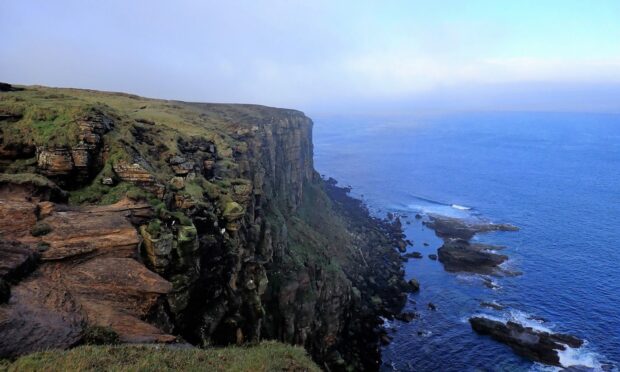
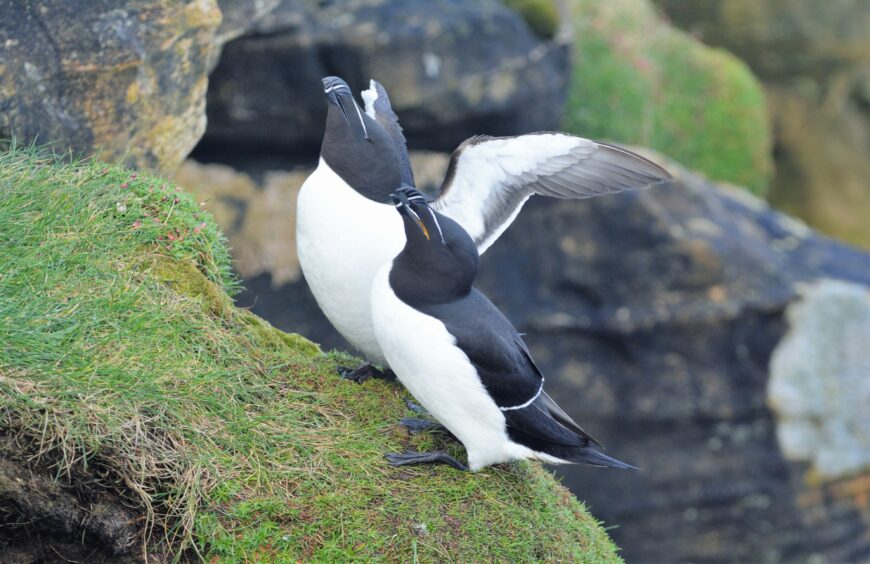
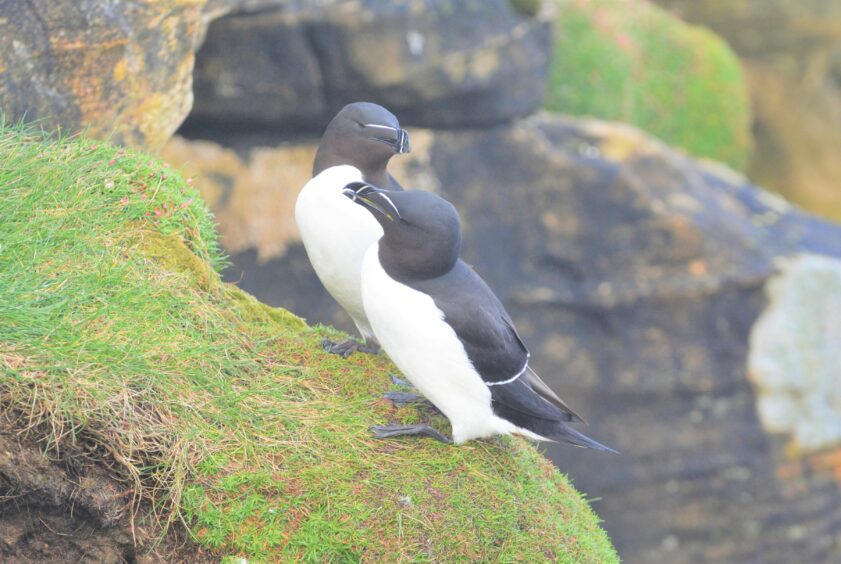
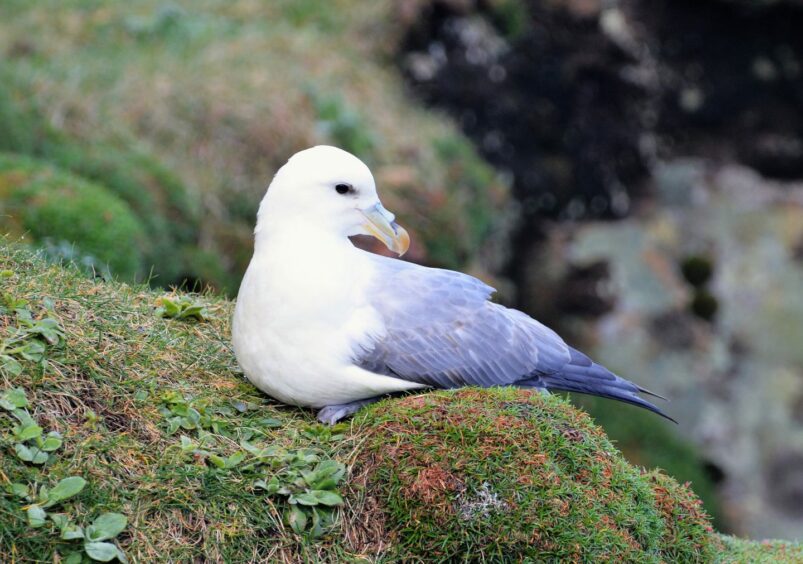
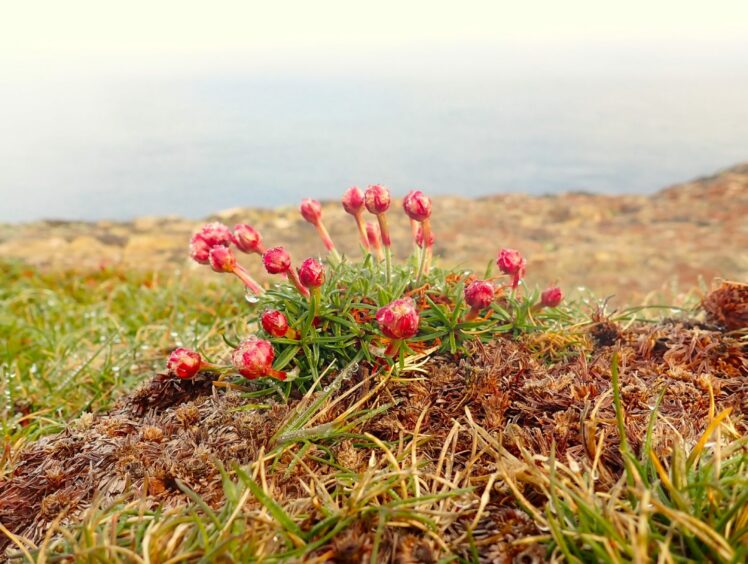
Conversation